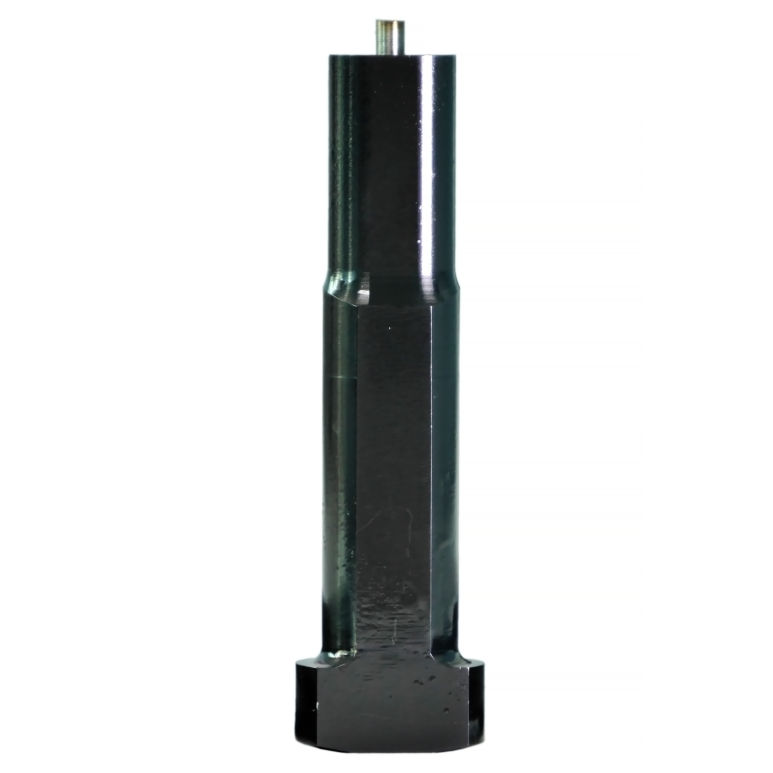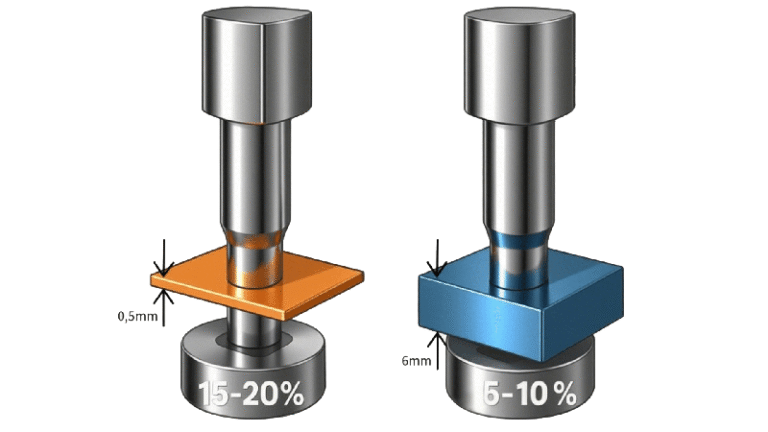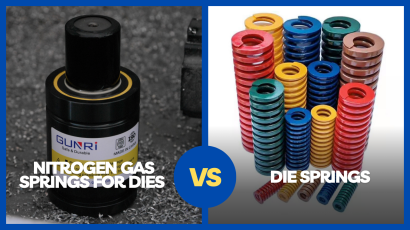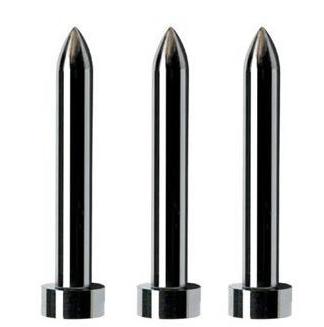When to Change the Punch Material? 🛠️
In the world of stamping processes, the choice of punch material can make or break your operation’s efficiency. A punch that’s not up to the task leads to frequent downtimes, increased costs, and headaches for everyone involved. So, how do you know when it’s time to switch up your punch material? Let’s dive in!
🔍 Signs It’s Time for a Change
- Frequent Cracking, Dulling, or Chipping
If your punches are constantly breaking or losing their edge, it’s a clear signal that the material is no longer suited for the job. This can occur due to wear-and-tear from repetitive use or because the tool’s strength is insufficient for your current application. - Increase in Sheet Material Hardness
Are you working with harder materials like high-strength steels or exotic alloys? If so, your existing punch might not cut it (literally). Upgrading to tougher materials like carbide can handle the added stress and maintain performance longer. - Changes in Production Process
Planning to ramp up production speed or tackle larger batches? High-speed stamping and larger volumes demand punches made from materials with excellent durability and heat resistance, ensuring they stay sharp and reliable under pressure. - Economic Efficiency Matters
While advanced punch materials like carbide or coated steels may come with higher upfront costs, they often pay for themselves by reducing maintenance, downtime, and the frequency of replacements.
Choosing the Right Material for Maximum ROI
Switching punch materials isn’t just about solving immediate problems—it’s a strategic investment. Here are the key options to consider:
- Tool Steel (D2, A2): Best for general applications with moderate wear resistance.
- High-Speed Steel (HSS): Ideal for higher-speed operations and tougher materials.
- Carbide: The gold standard for high-strength steels and large-volume production, offering unmatched longevity.
Pro Tip: Consult with Material Experts
Every stamping application is unique, so don’t hesitate to seek expert advice tailored to your needs. A small tweak in material choice can lead to massive gains in productivity and cost savings.
The Bottom Line 💡
When it comes to punches, being proactive is always better than reactive. Watch for wear signs, stay ahead of production changes, and always think long-term. The right punch material isn’t just a tool—it’s a key to unlocking efficiency, durability, and profitability.
Remember, a sharper punch equals a sharper business edge. So, when’s the last time you checked your punches? 🚀








